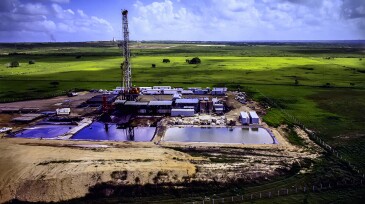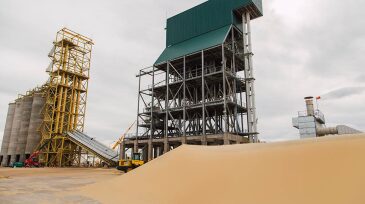decline curves
-
Best practices are not static; they evolve alongside advancements that redefine what is achievable.
-
The challenge of sustaining shale production is growing larger.
-
This work applies an appropriate transient-test theory to demonstrate the applicability of each diagnostic plot along with clearly defining the characteristic features that allow each plot to be considered “diagnostic.”
-
Recent history has taught the unconventional sector that overly optimistic production forecasts can backfire. Going forward, one solution may be to combine financial and subsurface models to better communicate expectations.
-
The complete paper describes an automated machine-learning approach to determine the spatial variation in decline type curves for shale gas production, based on existing data of production, completion, and geological parameters.
-
Decline-curve analysis is one of the more widely used forms of data analysis that evaluates well behavior and forecasts production and reserves. This paper presents technologies that apply DCA methods to wells in an unbiased, systematic, intelligent, and automated fashion.
-
Unconventional development has made it clear to Erdal Ozkan that conventional theory overlooks a lot of potentially productive rock. He talks about looking for ways to do better as part of JPT’s tech director report.
-
Completion engineers feel pressure to maximize production per acre and minimize the downsides of fracturing in tight spaces. Terry Palisch, talks about promoting knowledge sharing as part of JPT’s tech director report.
-
Though crude prices are rising, US shale producers face questions over whether their improving oil production results and cost efficiencies will last as increasing drilling activity drives demand for oilfield services.
-
In this work, the authors perform automatic decline analysis on Marcellus Shale gas wells and predict ultimate recovery for each well.










